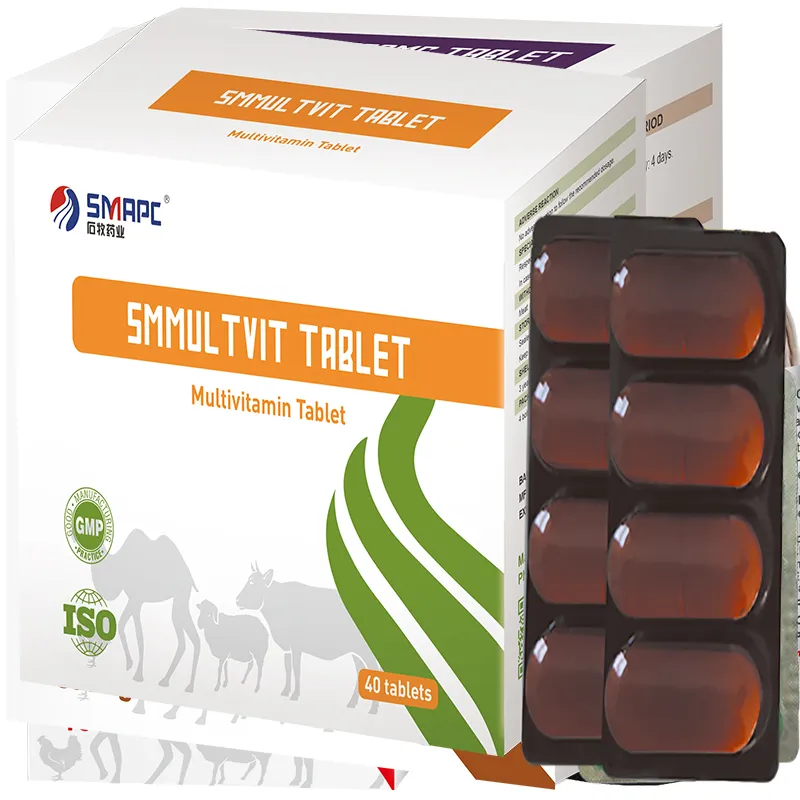In addition to medical treatments, good management practices play a significant role in preventing worm infestations. Pasture management, regular cleaning of stalls, and limiting the congregation of horses in small areas can help reduce the parasite load in the environment. Furthermore, maintaining a healthy immune system through proper nutrition and routine veterinary care aids in the horse's ability to resist infestations.








